Gishi-Wajinden
The English translation of the Gishi-Wajinden which I used in this episode can be found here. It also has some great maps of Kyushu along with the possible locations of various Yayoi polities on its main page. Enjoy!
The English translation of the Gishi-Wajinden which I used in this episode can be found here. It also has some great maps of Kyushu along with the possible locations of various Yayoi polities on its main page. Enjoy!
Analects of Confucius (Kong Fuzi)
Special thanks to Professor Anne Kinney for giving permission to use her translation of the Han Feizi.

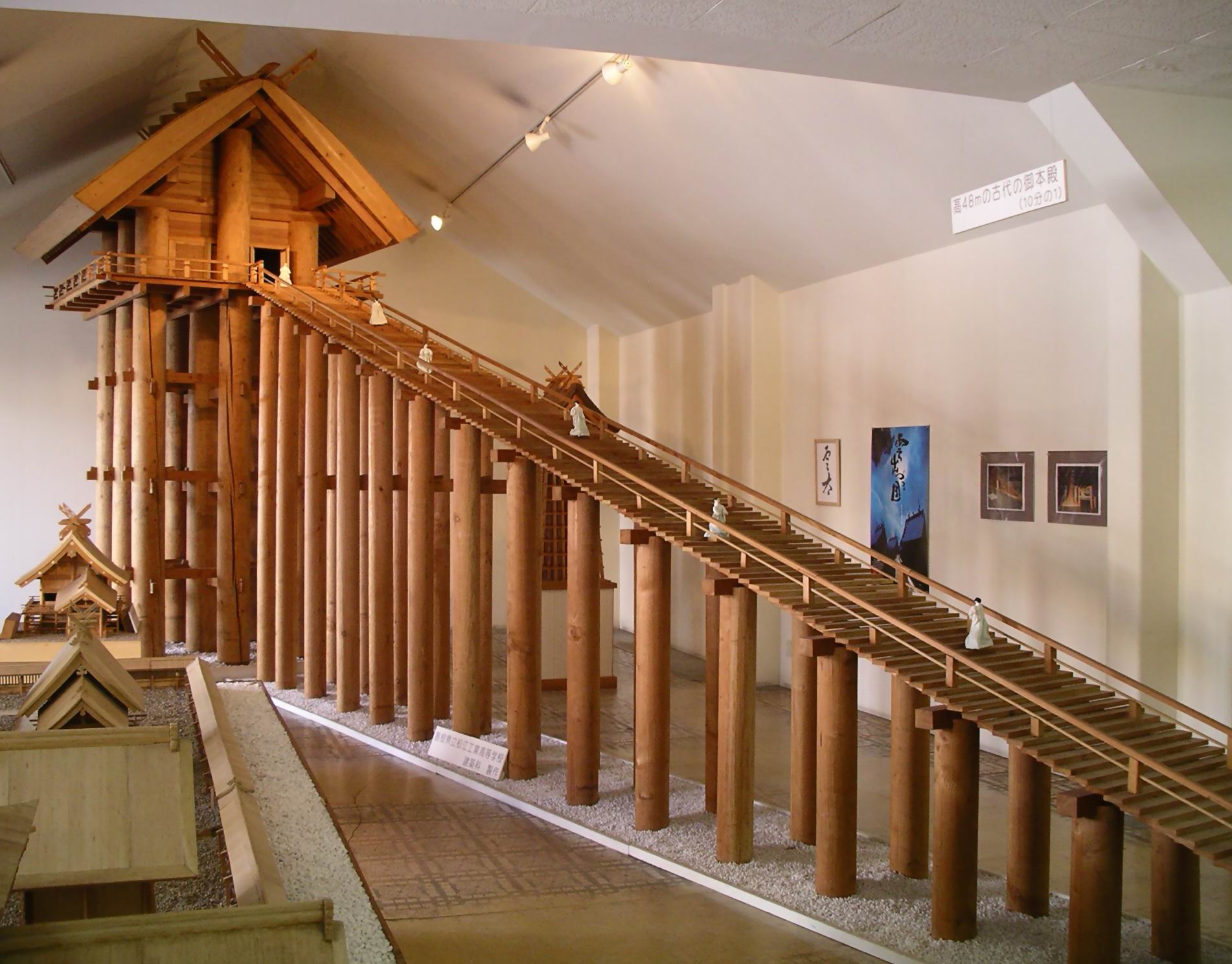
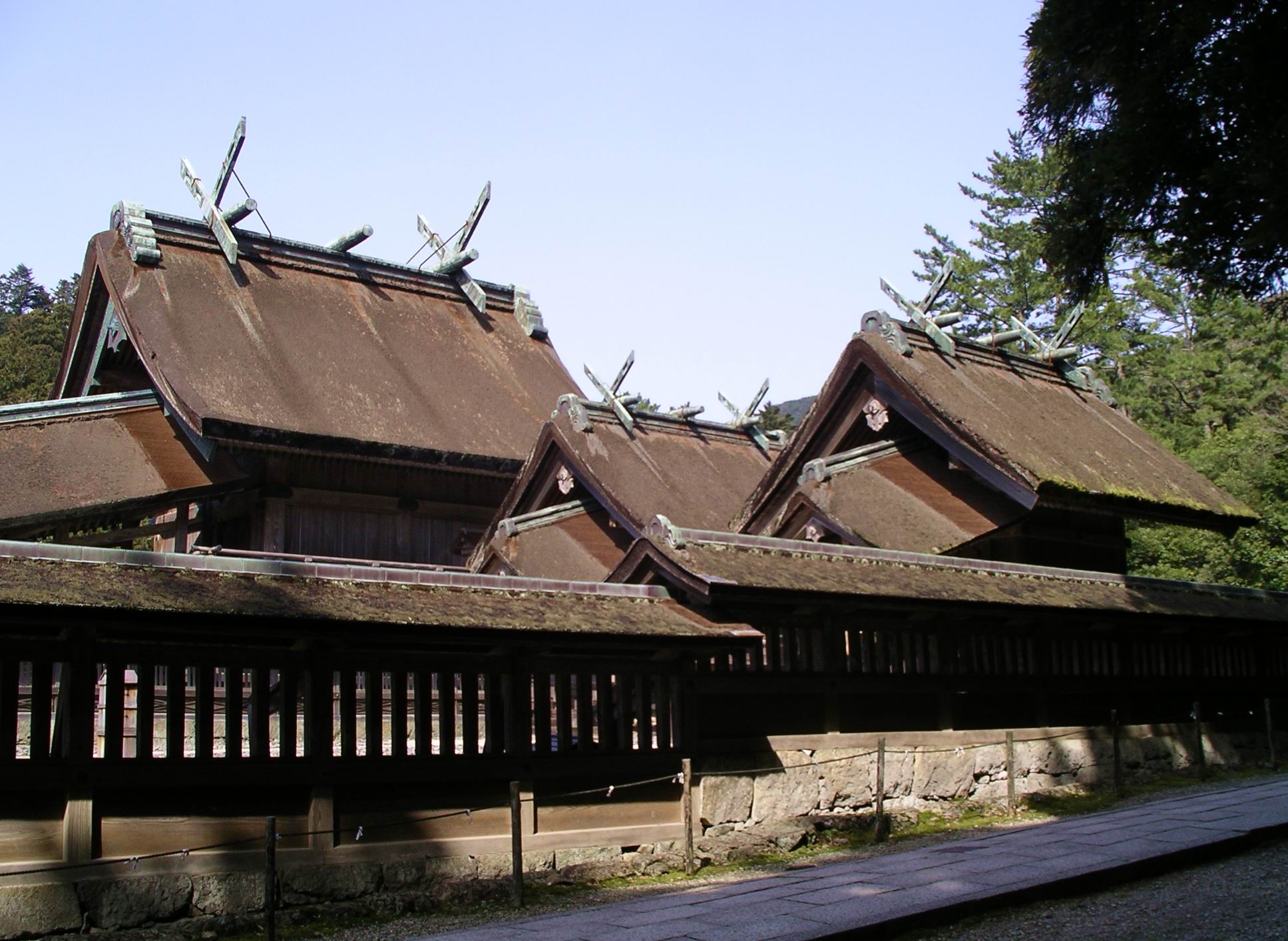




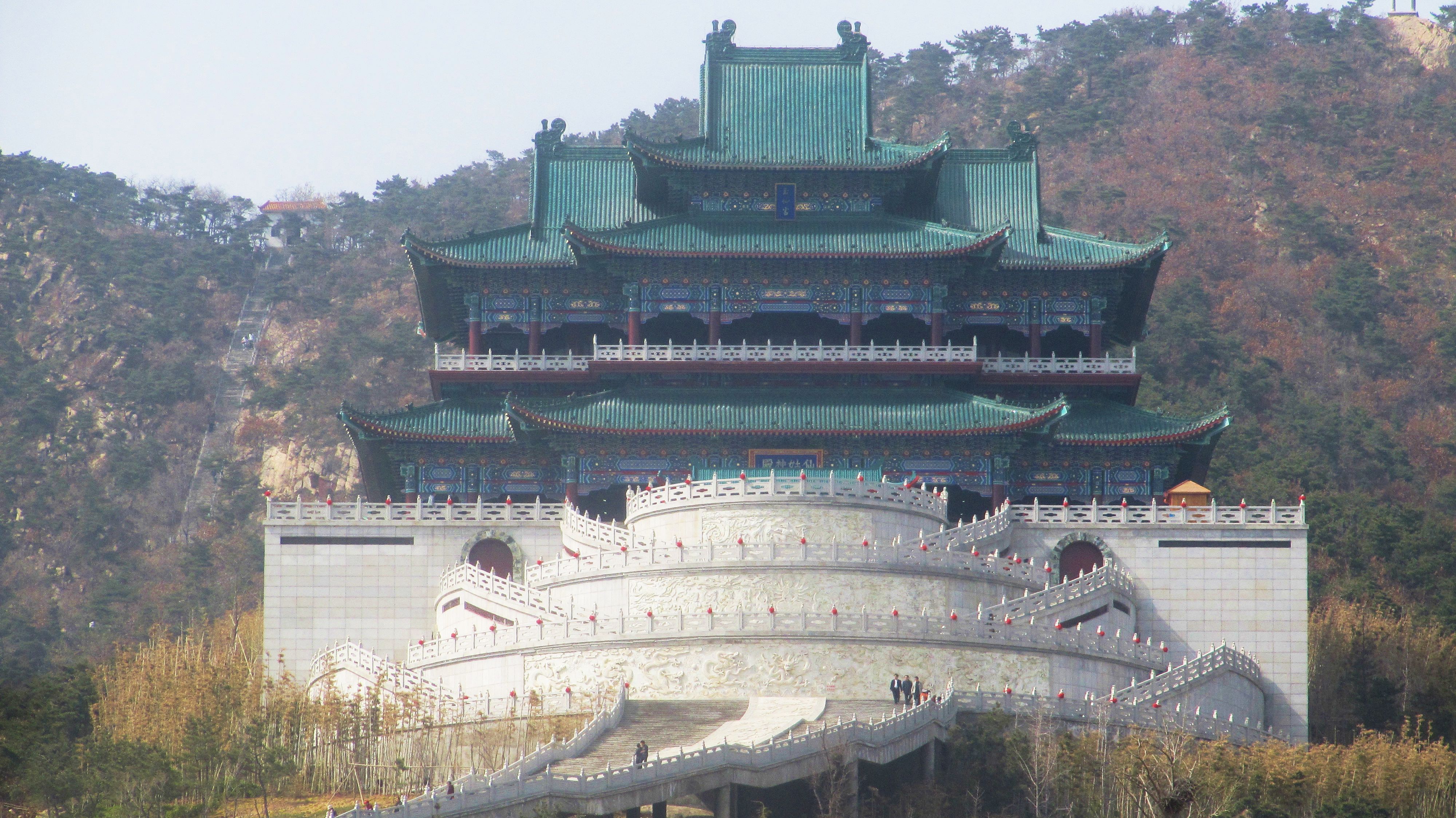
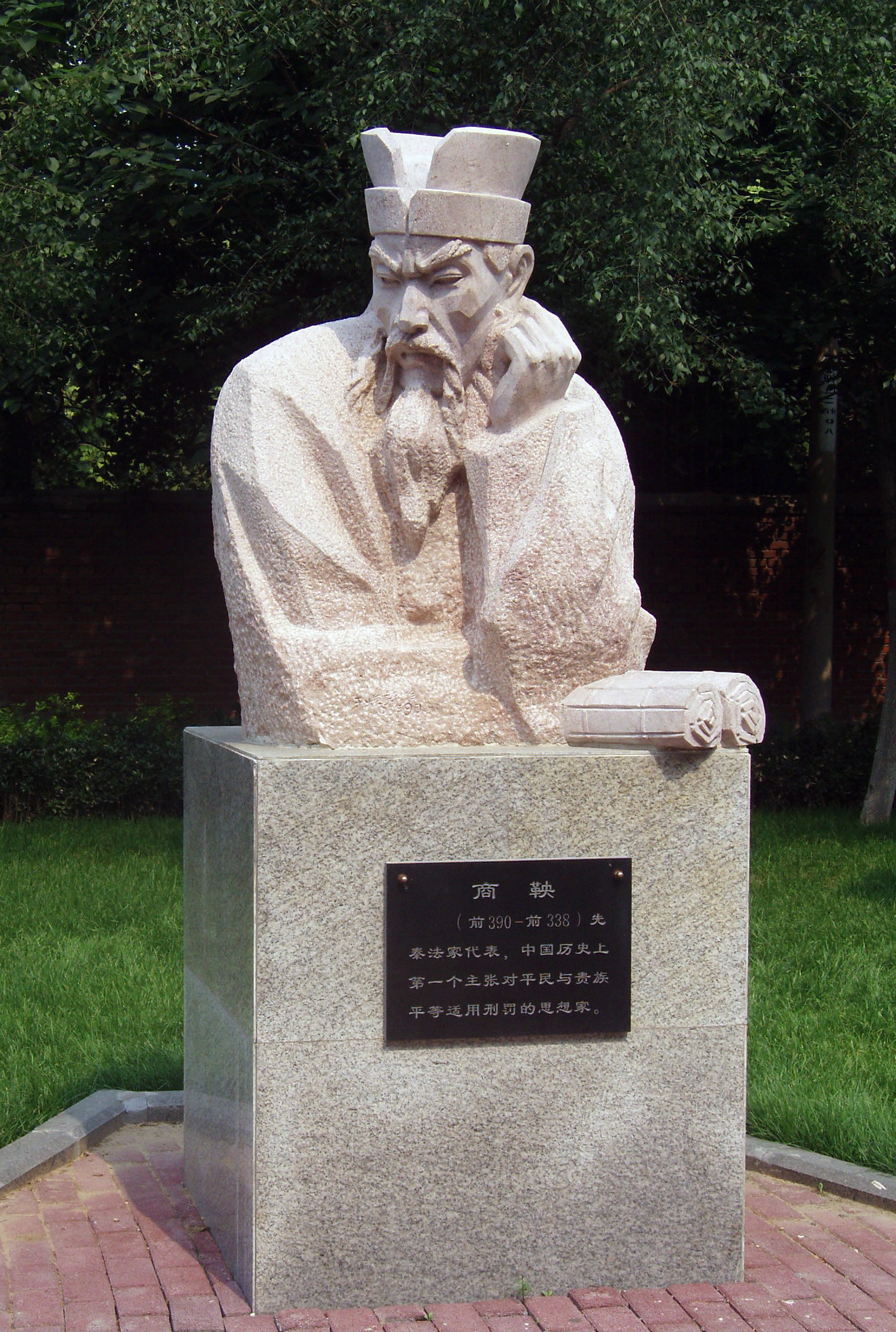



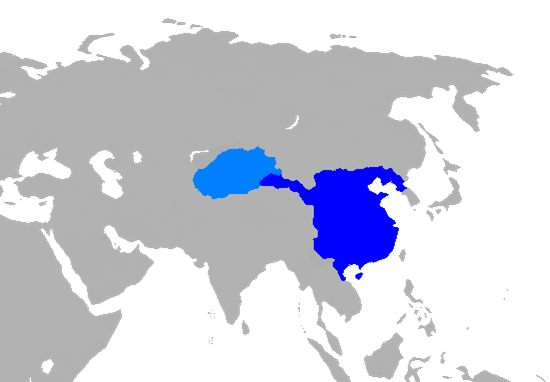


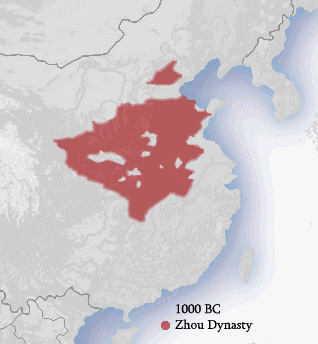

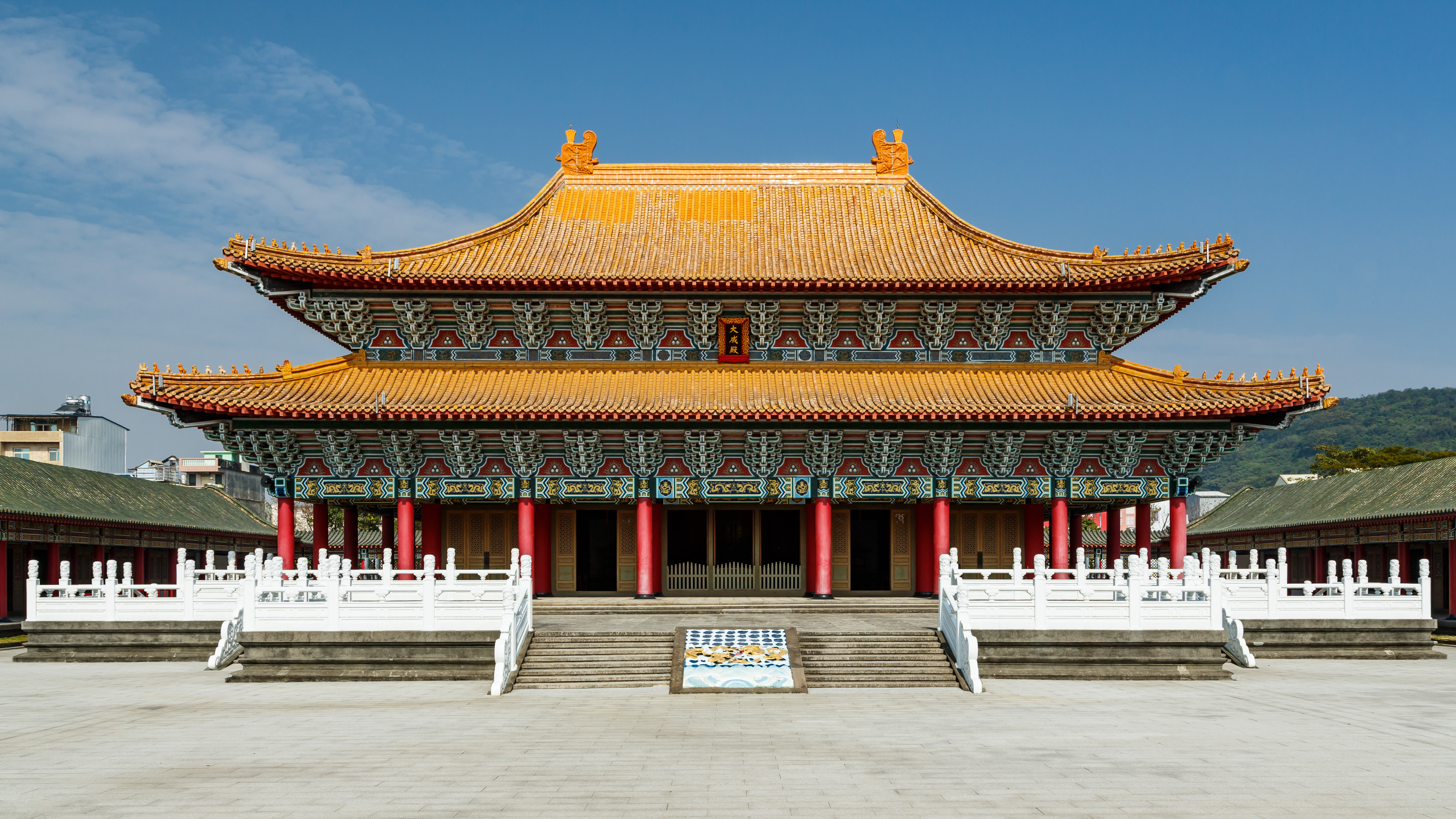



Check out the webpage of the Yoshinogari Site for more pictures and history!
Recent Comments